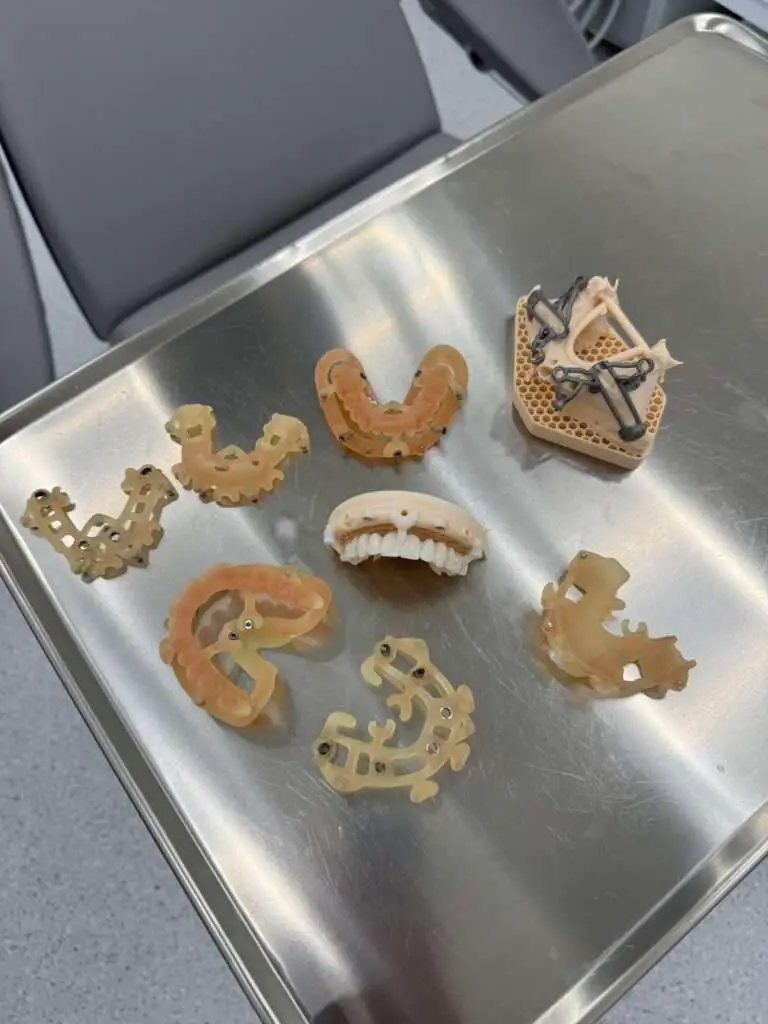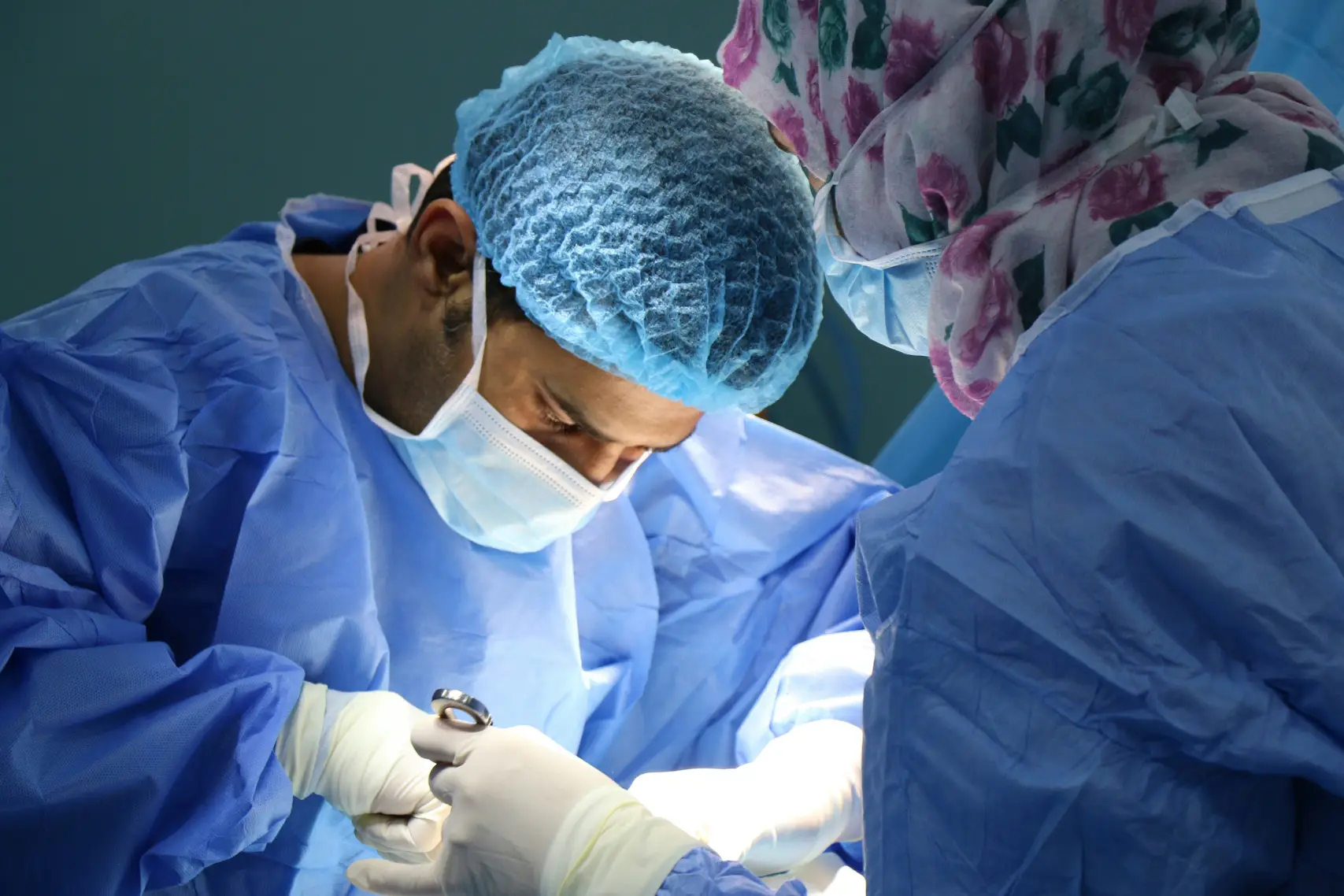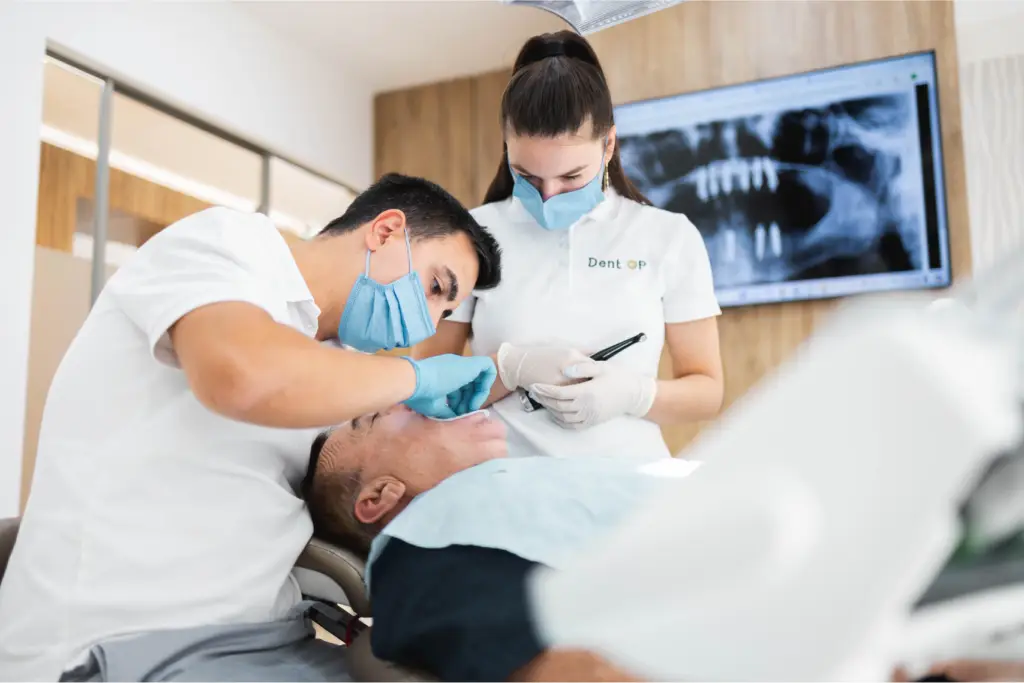Are Guided Implant Surgery the GPS for Happy Smiles?
Digital technology has revved up the dental implant space in the last decade. As the closest replacement to a natural tooth, dental implant treatments demand 100% accuracy, exquisite cosmetic results and comfort. Guided surgery is a modern way of placing the same traditional dental implant 10 times faster and more precisely to ensure that you eat, talk and smile more confidently.
It takes much planning and serious consideration to prepare oneself for dental implants. With guided dental implants in place, you may feel overwhelmed with complex terms and higher costs and find it difficult to make a decision. But the real picture is quite interesting and simple to follow. Stay with us to learn more in this article by the expert hand of Dr. Maxim Kopylov, Certified ZAGA Doctor of ZAGA Center Moscow!
What is Guided Surgery for Dental Implants?
As the name suggests, guided implant surgery is the technique of using a custom-made ‘guide,’ or a template, to place a dental implant into the jaws in the exact same position as planned by the implant dentist.
To put it simply, imagine if your dentist could use a high-tech map to pinpoint the precise spot where your implant should go—right down to the millimetre.
That’s essentially what guided implant surgery does.
It uses a 3D X-ray (CBCT scan) and virtual treatment planning software to make the template that fits the jaw and has a hole for inserting the implant in the proper location. This virtual map is then used to 3D print a ‘implant guide‘ from resin materials.
We can directly place the dental implant in the desired location, avoiding surgical cuts, bleeding, multiple stitches, and relying too heavily on clinical observations, the dentist’s handiwork, and the position of other teeth.
As dental implants are becoming more and more common, their range of applications and patient expectations are also skyrocketing. As a result, digital dentistry is no longer optional. Guided dental implants, as part of digital dentistry, make the dental implant process more efficient, accurate, and predictable.
The Top Differences Between Guided Implant Surgery and Traditional Implant Surgery—The Pros and Cons. How to Choose?
When it comes to replacing missing teeth, dental implants are the gold standard. However, how they’re placed has evolved dramatically over the years.
Guided surgery and traditional implant surgery may both aim for the same result—a functional and aesthetically pleasing smile—but the paths to get there are quite different.
Pros of Guided Dental Implants
- Precision: The implant guide has pre-made holes through which the dental implants must be placed. These guide holes are at the exact spot and angulation as the implant needs to be in the jaw; moreover, they are of the same diameter as the planned size of the implant. Thus, the dentist does not need to control his hand pressure, angle, position, etc. during the surgery. Guided surgery is a useful ally for the implant dentist.
- Safer implants: The technology helps avoid nerves and sinus areas, minimising complications.
- Ideal for complex cases that need a customised approach: If you have limited bone, multiple missing teeth, or other anatomical challenges, guided surgery offers better precision.
- Speed: Guided implants are A-Z pre-planned and methodical, making them fast.
- Single-appointment surgeries: A single implant guide designed for the entire jaw can help you place multiple implants simultaneously, like in full-mouth rehabilitations.
- Recovery time: Most guided implants do not need extensive surgeries, drilling and stitch-ups so you get back to your normal routine quickly.
Cons of Guided Dental Implants
- Dependency on technology: Traditional surgery is low-tech—requiring no digital planning tools—while guided surgery relies on CT scans, 3D modelling, and custom templates. Thus, guided surgeries only suit dental practices with advanced equipment and are non-usable in cases of technology failures. Not all clinics may have the necessary tools for guided implant surgery.
- Cost: The advanced tech involved can increase the overall cost for the patients.
Pros of Traditional Implant Surgery
- Technology and equipment independent: Traditional surgery does not rely solely on computers; it does not require expensive tools or software. It highlights the expertise, visual accuracy and accurate handiwork of the implant dentist.
- Leaves room for changes: As traditional free-hand implant surgeries help the dentist visualise the jawbone directly, he can make slight alterations in the implant position right then, depending on the needs of the patient.
- Widely usable and quicker to plan: Most clinics perform conventional implant surgeries; they do not invest in teaching the dentists guided techniques or can lower implant costs.
Cons of Traditional Implant Surgery
- Dependency of the dentist’s visual skills: Traditional implant surgery relies heavily on the skill and experience of the dentist, who assesses the patient’s oral anatomy and has to visually decide the implant position, unlike in guided surgery in dentistry.
- Room for Error: Results depend on the dentist’s skill and judgement during the procedure.
- Longer Recovery Time: The procedure may involve more gum and bone manipulation, leading to longer healing periods.
The Step-by-Step Process of Guided Surgery for Dental Implants
Curious about how guided implant surgery works? Here’s a simplified breakdown:
- Consultation: We start with a friendly conversation about the what, when and whys of guided implants. This follows a detailed 3D scan of your jaw using a special machine called a CBCT scanner. This scan gives a full view of your teeth, bones, and important structures like nerves and sinuses.
- Treatment plan: We then use virtual dental implant planning software to create a virtual plan for your implant—determine the exact angle, depth, and location where the implant will fit best.
- The guide is prepared: Based on the virtual plan, a surgical guide (like a custom fit template) is created using a 3D printer. Consider it a stencil that perfectly fits your mouth and shows the dentist exactly where to place the implant.
- Schedule the implant appointment: On the day of your surgery, we use the guide as a tool to drill and place the dental implant exactly as planned. Everything is pre-mapped; hence, guesswork is not necessary.
After-care in Guided Surgery In Dentistry—The Dos and Don’ts

Surgical Guides from ZAGA Center Moscow
"Navigation surgery give us a huge advantage over traditional implantation. First of all, recuding human factor; we speed the process and make it more predictable."
Dr. Maxim Kopylov, certified ZAGA Doctor from ZAGA Center Moscow
The dental implants integrate with the bone over the next few months before the final dental crown can be added. Proper aftercare is essential for the accurate healing of dental implants.
Here’s what to keep in mind:
- Normal oral hygiene: Guided implants do not involve surgical cuts on the gums and stitches. So you will be back to brushing your teeth and oral rinses in a day or two. Brush gently around the implant area and use an antibacterial mouthwash.
- Food restrictions: Minimal to nil. The gum around the dental implants heals fast. Yet it is best to avoid nuts, hard candies, and anything that could strain the jaws in that area. It is best to stick to soft foods like porridge, apple sauce, mashed potatoes, boiled veggies, boiled eggs, etc. for the first week to avoid stressing the implant site.
- No smoking: Smoking can delay healing and increase the risk of implant failure.
- Be prepared for review appointments: Regular check-ups are vital for monitoring healing and long-term success. Attend all follow-up appointments and follow specific care instructions.
How Much Does Guided Surgery Cost?
The cost for guided surgery in dentistry significantly varies depending on factors such as the number of dental implants, the complexity of the case, and the technology used. You must remember that the upfront costs of guided implants may seem high, but in the long run, the accuracy, comfort and customised options outweigh the costs. It is essential to weigh its benefits against your budget.
Takeaway - In a Nutshell!
Do you feel confident about getting a smile makeover with dental implants but are in two minds about whether to choose guided surgeries? Here’s what you must understand—both traditional and guided implant surgery have the same aim—to restore your smile and oral health. Guided surgery offers unmatched precision, efficiency and exquisite results but may seem a little pricey at first.
At Smile 24h Expert Clinics, we have a team of Certified ZAGA Doctors, who will work closely with you to determine the best approach for your unique smile. After all, your smile deserves the best. At Smile 24h, we encourage a “patient-first” approach and answer all your queries, streamline appointments based on your convenience and offer flexible payment plans to make the smile journey more convenient.

Dr. Maxim Kopylov is an esteemed oral surgeon, periodontist, and prosthetist, leading the MaxTreat Perio Center in Moscow. With over 20 years of practice and 20,000 implants placed, he specializes in complex osteoplastic surgeries and soft tissue management. In 2024, Dr. Kopylov was certified as a ZAGA Doctor, a qualification that proves his excellence and expertise in the field of zygomatic implants and full-mouth rehabilitation treatments.
Educated at top institutions, Dr. Kopylov holds a Doctor of Medicine degree from Izhevsk State Medical Academy and has undergone professional retraining in prosthetics and surgical dentistry. He is also the Vice-President of the Periodontal Association of Russia and the founder of MaxTreat Perio Center and MaxTreat Club. His contributions to scientific publications and patents highlight his commitment to advancing dental practices.
Dr. Kopylov is renowned for his innovative techniques and patient-centric approach, providing exceptional care and achieving outstanding results in dental implants and aesthetic dentistry.
Still have questions? Find your nearest specialist and discover how we can help improve your quality of life with expert care



